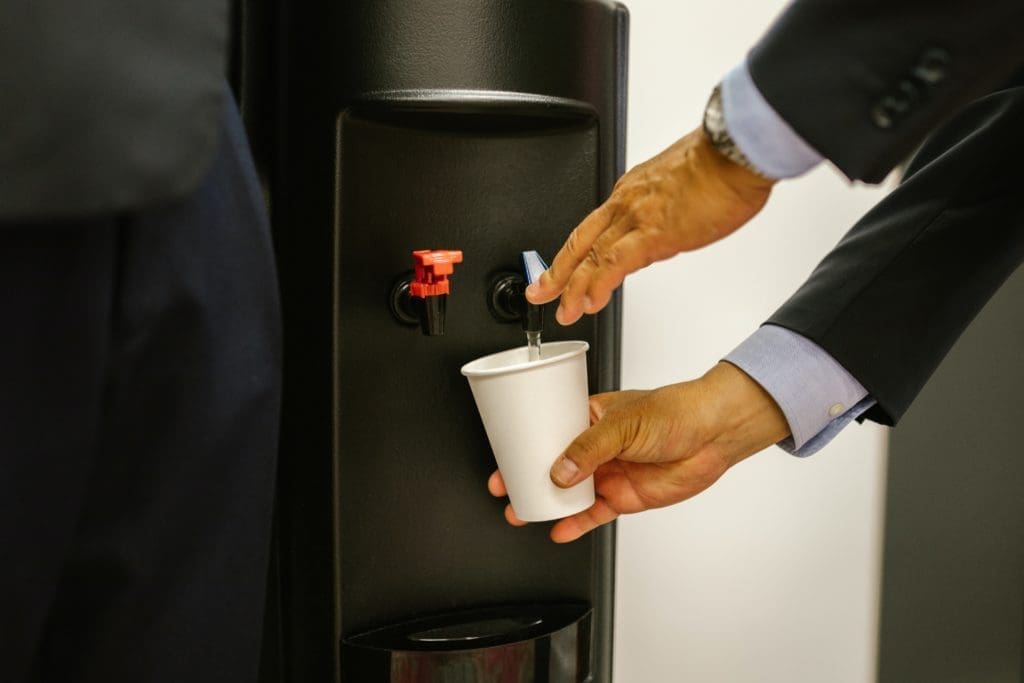It’s hard to overstate the importance of clean water. Not only is it necessary for survival, but it is also essential for public health and safety. Unfortunately, not all water is clean, and when that happens, the consequences can be disastrous.
What caused the Salem water contamination? That’s still a matter of some debate. Some people say that the problem was caused by aging infrastructure, while others claim that it was due to lax regulation by state officials. However, one thing is clear: The crisis could have been avoided if proper precautions had been taken.

What is Salem Water Contamination?
The Salem water contamination crisis is a perfect example of what can happen when drinking water becomes polluted. For more than a year, residents in Salem were unable to drink or use the city’s water because of high levels of lead and other contaminants.
The crisis had a devastating impact on the community, causing widespread panic and confusion. It also cost taxpayers millions of dollars in cleanup costs.
On May 28th, 2014, the City of Salem, Massachusetts issued a boil water order to its residents after detecting E. coli bacteria in the municipal water supply. The contaminated water had come from the nearby Supplement Reservoir, which provides water to the city.
The reservoir had become contaminated after heavy rains had caused sewage to overflow into it. In the following weeks, there were several confirmed cases of illness associated with the contamination, and the city took steps to clean and disinfect its water supply. The boil water order was eventually lifted, but the incident highlighted the need for improved infrastructure in the city’s aging water system.
How Did Salem Water Contamination Happen?
In May of 2014, the Environmental Protection Agency (EPA) notified the City of Salem that tests had detected elevated levels of lead in the drinking water. The EPA required the city to take immediate action to reduce the lead levels and to notify the public about the contamination.
The source of the lead was found to be aging pipes and fixtures in homes and businesses. The city began a program to replace these pipes and fixtures, and residents were advised to use only cold water for drinking, cooking, and preparing baby formula. In addition, the city provided free testing for lead levels in tap water.
As a result of these efforts, the lead levels in Salem’s drinking water are now within federal guidelines.
Who Is Responsible For Salem Water Contamination?
The incident resulted in the death of one person and the hospitalization of dozens of others. The contamination was caused by the release of chemicals into the water supply. The chemicals were released from a waste treatment plant operated by the city of Salem.
The plant had been previously cited for violations of environmental regulations. Following the incident, the state of Massachusetts launched an investigation into the cause of the contamination. The investigation determined that the city of Salem had failed to properly maintain the waste treatment plant.
As a result, the plant had released chemicals into the water supply. The city of Salem was fined $1 million for its failure to properly maintain the plant. The city has also implemented new measures to prevent future contamination incidents.

What Are The Long-Term Effects Of Salem Water Contamination?
The effects of Salem water contamination have been felt for years, and the problem is only getting worse. In 2015, the city of Salem was found to have elevated levels of lead in its drinking water.
The source of the lead was traced back to aging pipes and fixtures. Despite taking steps to mitigate the problem, the levels of lead in Salem’s water continue to be higher than what is considered safe.
The long-term effects of lead exposure are well-documented and can be extremely serious. Lead can cause damage to the brain and nervous system, and has been linked to learning and behavior problems in children. In adults, lead exposure has been linked to high blood pressure and kidney disease. There is no safe level of lead exposure, which means that even low levels can pose a health risk.
The residents of Salem are facing a serious public health crisis, and the long-term effects of the water contamination are still not fully known. What is clear is that the city needs to do more to protect its residents from the dangers of lead exposure.
What Can Be Done To Prevent Salem Water Contamination In The Future?
As many Salem residents know, our water has been contaminated for some time now. The good news is that the city is taking steps to address the problem and prevent future contamination. One of the main ways they are doing this is by upgrading the water treatment plant.
The new plant will use reverse osmosis to remove contaminants from the water, and it will also have a stronger filtration system. In addition, the city is working on repairing and replacing aging water pipes.
This will help to prevent lead and other contaminants from leaching into the water supply. Finally, the city is educating residents about how to properly dispose of hazardous materials. By taking these steps, we can all help to ensure that Salem’s water is safe to drink in the future.
Is Salem’s Water Quality Better Now?
Salem’s water quality has been a topic of concern for many years. In 2015, the city’s water was found to be contaminated with lead, and residents were advised to use filtered tap water for drinking and cooking.
Since then, Salem has made a number of changes to its water treatment process, and the city’s water quality has improved significantly. In 2021, Salem was named one of the “Best Places to Live” by Money magazine, and its water quality was cited as one of the main reasons why.
Today, Salem’s water is safe to drink and meets all state and federal standards. The city is also working to improve its infrastructure so that the risk of future contamination is minimized. As a result, Salem’s residents can be confident that their water quality is better now than it was just a few years ago.

Invest In A Reliable Whole House Water Filter Today!
Not all water is created equal. In fact, the quality of your home’s water can have a big impact on your family’s overall health and well-being. That’s why it’s so important to invest in a reliable whole house water filter.
By filtering out impurities and contaminants, a whole house water filter can help improve your family’s digestion, skin health, and energy levels. Plus, it can also extend the life of your appliances by preventing build-up and corrosion.
So if you’re looking for a way to improve your family’s health and save money in the long run, investing in a whole house water filter is a smart choice. Don’t wait – get started today!






